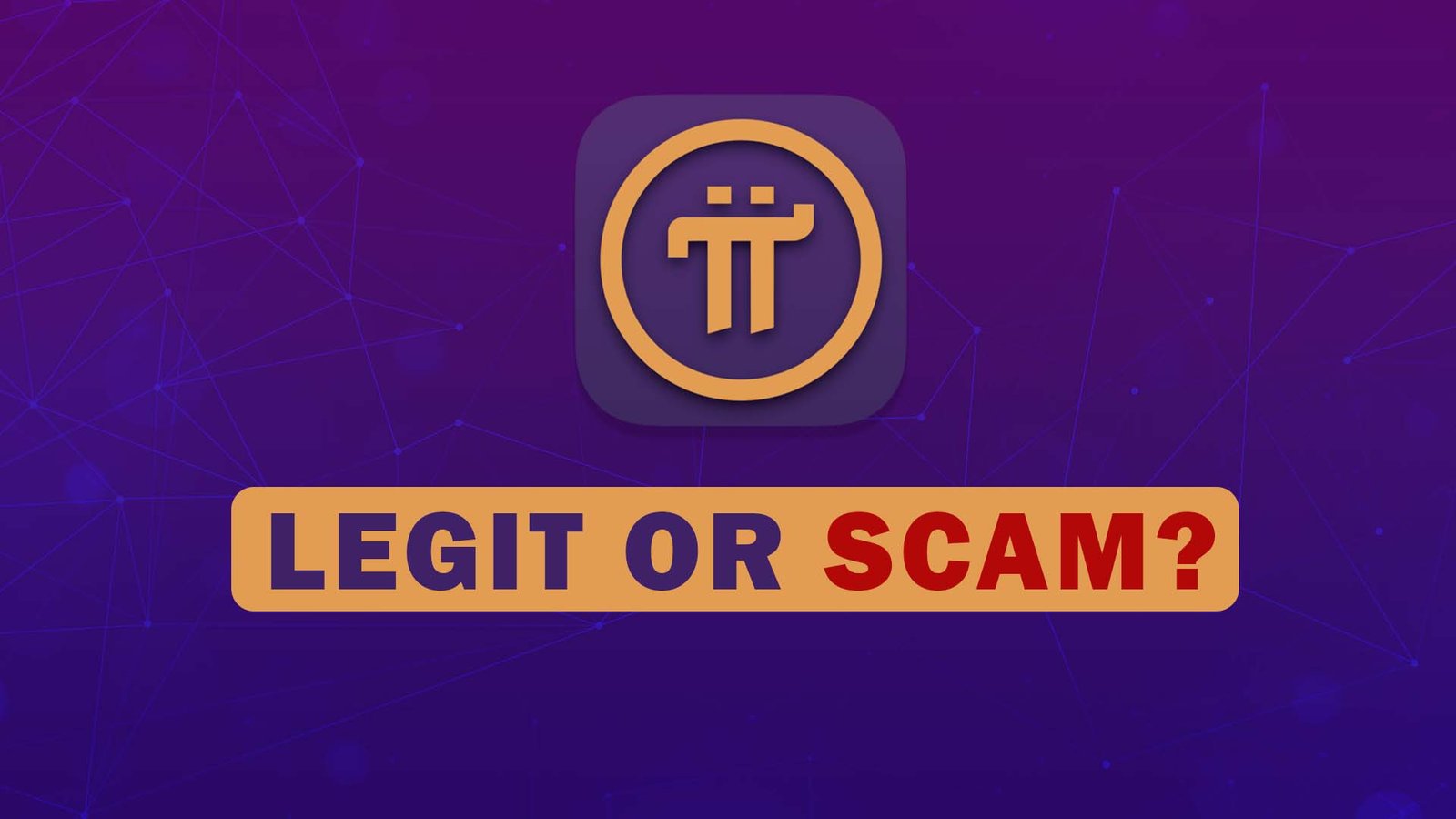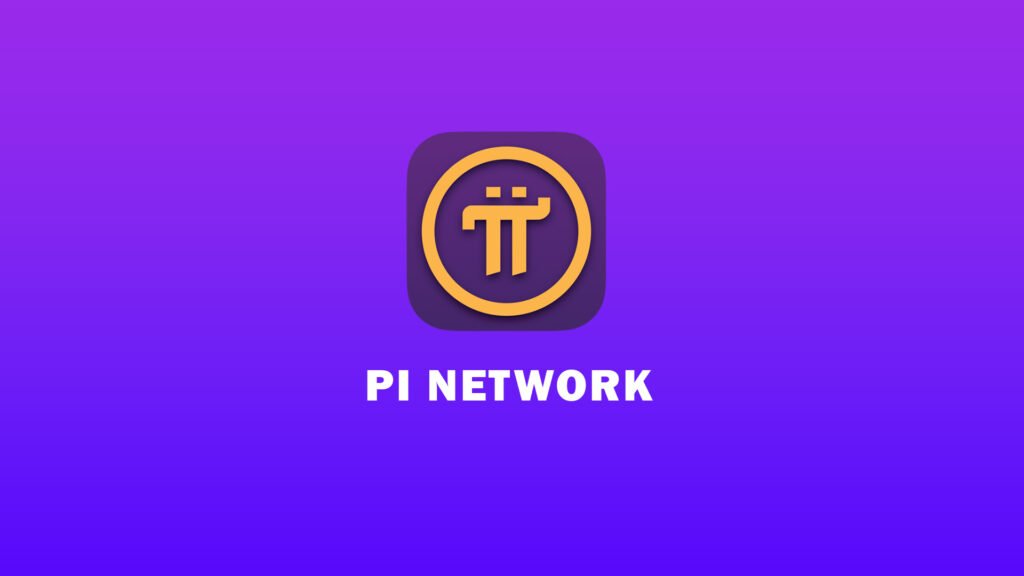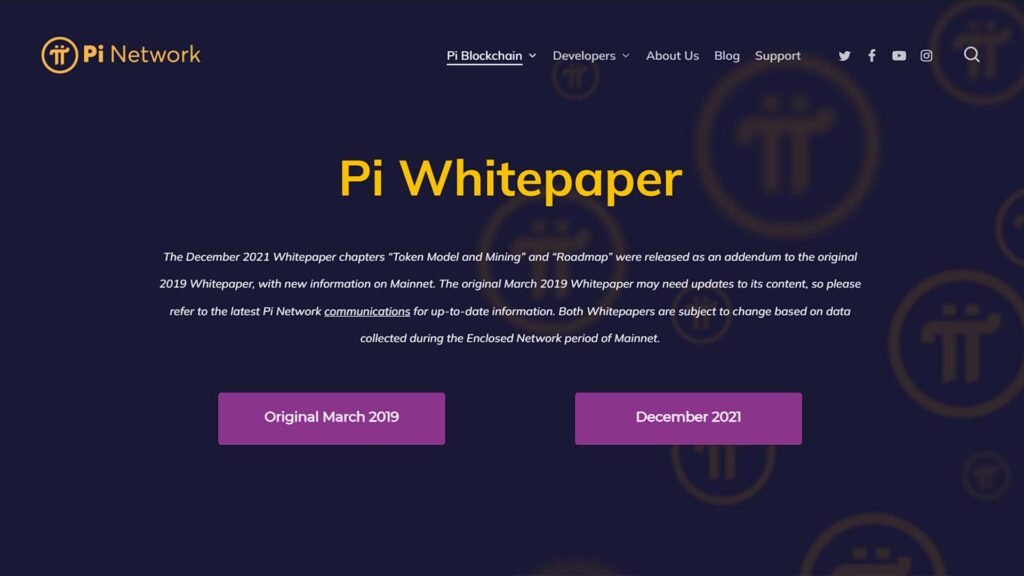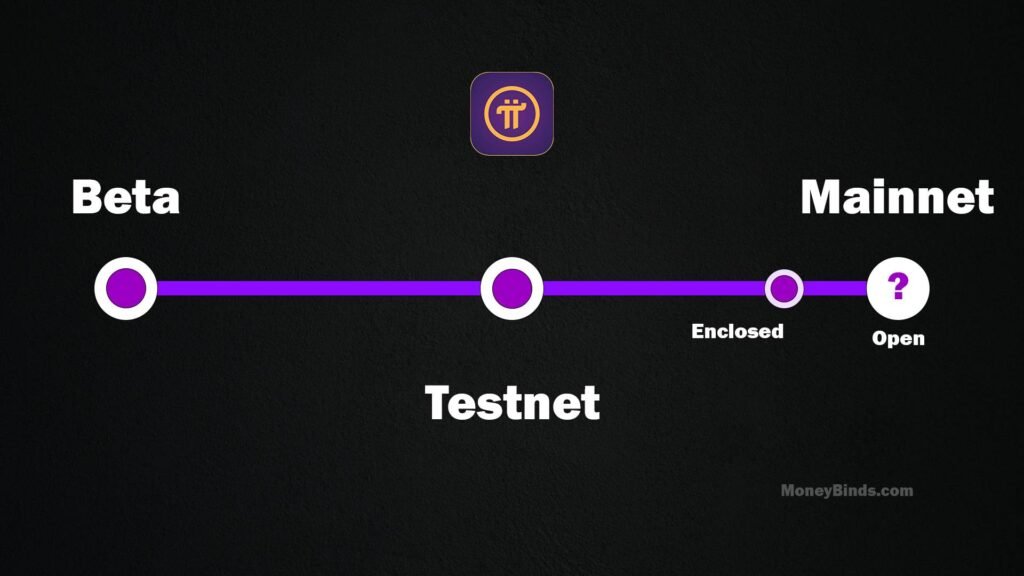Is Pi Network Legit? (An Unbiased Verdict)

The realm of cryptocurrency has ignited a global phenomenon, witnessing a surge in popularity. Investors and crypto enthusiasts have numerous opportunities to gain every potential benefit in this landscape of emerging digital currencies.
The Pi Network is one of the most talked about emerging digital currencies right now. The project is well-known in the cryptocurrency market because of its ease of mining and the goals it is committed to achieving. From investors and crypto enthusiasts to everyday people, this innovative project has piqued the curiosity of many.
However, as with any new investment or crypto project, there are always concerns and questions about its legitimacy. While some people believe that Pi Network is a genuine cryptocurrency project, seeking to solve major issues in Web 3, others are skeptical and consider it to be a potential fake.
In this article, we will delve into the various aspects of the Pi network, exploring its historical backdrop, team composition, technological framework, and communal dynamics to answer the popular question “Is Pi Network Legit?”
What is Pi Network?

Pi Network, developed by Stanford graduates in 2019, is a crypto-mining platform that allows users to mine digital currency (Pi Coins) on their smartphones.
Unlike other crypto mining platforms, the Pi network is more accessible and eco-friendly as it does not require burning of energy and it operates on the Steller Consensus Mechanism, ensuring scalability, efficiency, and security.
The platform is user-friendly and does not require expensive hardware — users can mine digital assets by just clicking a button once 24 hours through their smartphones.
With a vast and inclusive community base of over 47 million Pioneers worldwide, the Pi network platform seeks to drive widespread adoption of blockchain technology among the general public.
People have both positive and negative sentiments about the Pi Network project. In the following sections, we will look at each to reach a verdict if Pi Network is legit or not while staying unbiased.
Positive/Legitimate Aspects of Pi Network
Pi Network is one of the few platforms that has succeeded in making a lasting impression on the crypto market. The majority of the crypto community continues to have questions about the legitimacy of Pi Network’s mobile mining offerings and the project’s objectives.
Indeed, doubts arise due to the current fact that the crypto project has not yet launched its Open Mainnet despite the passage of four years.
Before we conclude whether the Pi network is legit or not, it is important that we analyze various legitimate aspects of the Pi network that insist on its legitimacy.
1) Strong background of The Founders

Dr. Nicolas Kokkalis and Dr. Chengdiao Fan, Stanford graduates, are the main founders of the Pi network teams.
Dr. Nicolas Kokkalis is an expert in distributed systems and blockchain technology and a computer scientist at Stanford University. He was a pivotal contributor to the Pi Network’s early development and is one of the network’s original co-founders.
Another Pi Network co-founder is Dr. Chengdiao Fan. She was involved in the conception and early stages of the Pi Network project and had a background in anthropological sciences that uses social computing.
2) Unique and Efficient Technology
The Pi network uses a unique consensus algorithm called the Stellar Consensus Protocol (SCP) to validate transactions. SCP is a secure and efficient protocol that allows multiple nodes to validate transactions simultaneously.
Unlike other cryptocurrencies like Bitcoin, which employ a proof-of-work method that requires energy-intensive mining mechanisms and specialized hardware, the Pi network doesn’t; rather it operates on the SCP system in which the transactions are validated by a group of trusted nodes rather than just one. This makes it more secure and less vulnerable to attacks.
This platform is more accessible and user-friendly and does not require an energy-intensive mining mechanism, making it sustainable, eco-friendly, and accessible to everyone.
3) Massive Community
The Pi network’s diverse and inclusive community is its most outstanding feature, having over 47 million growing users worldwide. This community is engaged and active, contributing to the promotion and growth of the platform globally via social media.
Pi Network has been able to acquire traction and stand out in a crowded cryptocurrency industry due to its community-focused strategy.
4) An optimistic Whitepaper

Pi Network’s Whitepaper outlines the technical aspects of the project and provides a detailed explanation of the overall operation. It has explained how it is different from other conventional cryptocurrencies like Bitcoin and how it has the potential to grab the attention of a mass audience worldwide irrespective of their technical background. The initiative aims to make Pi Coin a household name in the crypto market.
Furthermore, the level of transparency provided in the paper reflects the platform’s reliability and reveals the project’s commitment to providing its audience with a genuine opportunity to communicate with cryptocurrencies.
Criticism and Concerns from the Community (The Negative Aspects)
The Pi Network community has voiced significant criticism and concerns about the project, primarily centered around the mainnet delay and the absence of Pi coin listings on exchanges.
Users’ inability to transfer their mined Pi coins to the enclosed Mainnet and the general skepticism regarding mobile mining have led to labeling the Pi Network as a “high-level” marketing scheme, with some even predicting it may eventually turn out to be a scam.
The continuous expansion of the Pi Network community and the continual delay in exchange listings have only fueled these claims further. However, Pi Network’s team is attempting to disprove these concerns through their recent advancements, nearing the launch of Pi Network’s open mainnet.
Following are some of the notable criticism and concerns raised by the community:
1) The Open Mainnet will never launch

One of the most frequently asked issues in the community relates to Pi’s open mainnet launch because this event will shift the Pi network from a testing phase to a fully functional network, marking an important milestone. The open mainnet will allow users to sell, buy, and trade their mined Pi currencies.
Due to the open mainnet’s launch delay and the lack of a proper schedule/roadmap for the launch, the majority of users in the community had unfavorable opinions regarding the project.
2) Pi Network is an MLM scheme
“The Pi Network is nothing more than a multi-level marketing (MLM) scheme” is also one of the hottest topics of discussion within the community. Because of the way that Pi strategizes to increase its user base, many people think that it might be an MLM scheme.
The platform’s pyramid-type structure and promotion methods are among the factors that generate doubts about it. On the social platform, many users may be seen spamming referral links, which leads to an imitation of fraud or scam.
Popular forums for this subject in the Pi community
Within the Pi network community, numerous active Reddit communities have appeared, offering a venue for users to express their opinions about the project’s positive and negative aspects.
While a sizable number of users have stated their lack of faith in the project, a considerable portion of people are still optimistic. You may browse this topic to get a view on both positive and negative opinions.
Conclusion: Is Pi Network Legit?
The Pi network’s legitimacy has been questioned since it first appeared on the cryptocurrency market. Yet, there are several factors that support the legitimacy of the Pi network.
First off, the Pi Network’s development team is made up of reputable people with excellent academic credentials. Second, the Pi network community’s size is really impressive. The project which is just a few years old, has already attracted over 47 million users, and no doubt there are many mature crypto experts too in the community who support this initiative.
Growing community activity implies that the project is actually being taken seriously and is not just a huge scam. The Pi Network team is also actively involved in the community and regularly shares updates and feedback, which adds to its credibility.
Importantly, Pi Network users don’t need to make any financial commitments. The Pi network is free to join, and users can begin mining right away, in contrast to other cryptocurrencies that require hardcore mining and investing initially for future profits.
This approach somewhat eliminates the concerns about the Pi network being a Multi-level marketing (MLM) scheme. It also cannot be denied that if the project turns out to be a scam in the future, there may be issues with data and privacy.
On the other hand, the Pi network’s continued delay in launching the Pi’s open mainnet will keep putting doubts on this project. The harsh truth is that no one knows exactly when the Pi open mainnet will be launched.
Until the Pi Network successfully launches its open mainnet, where the cryptocurrency is made available to the general public, the legitimacy of the Pi Network will likely continue to be a topic of discussion.
There is currently no proof to confidently support claims that the Pi Network is not legit.
You may also like
Disclaimer: This article solely reflects the author’s opinion.






